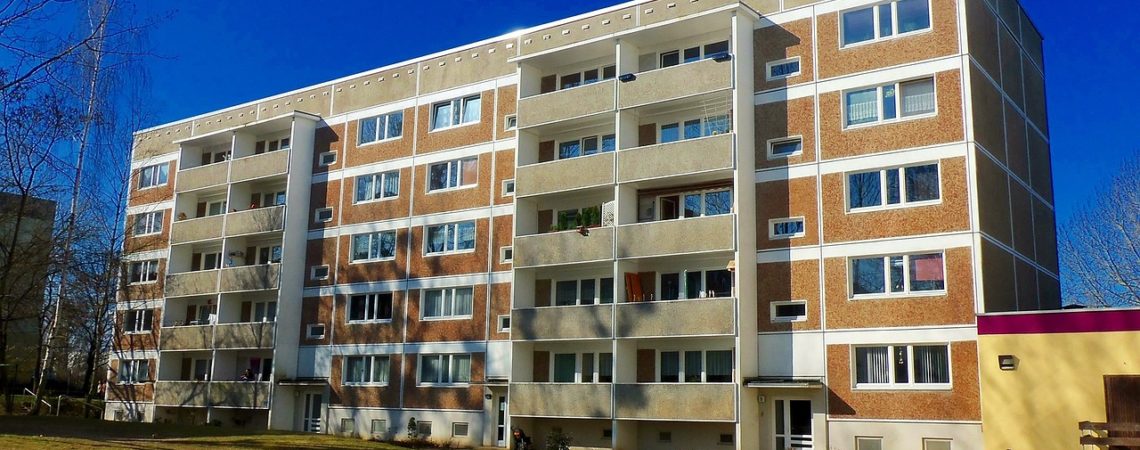According to the most recent Yardi Matrix report, things continue to look up for the multifamily market as we head into spring. From continued rent growth to the highest annual growth since 2016, there are a number of positive signs that the multifamily market isn’t slowing. We hit some of the high points in today’s edition of the BAM Blog…
Yardi Matrix put out their Multifamily National report at the end of February, and there are plenty of positives on the list. Yardi looks at factors like rent growth, occupancy, and what cities are growing faster than others, along with other market elements. They note that this late in the cycle, there is typically concern about the staying power of the cycle, since there hasn’t yet been a downturn. In fact, they point out that multifamily is doing well and has the ability to continue to perform well for awhile even if the economy or other real estate sectors begin to slow down.
From the Yardi Report:
- Multifamily rents rose in February and annual growth is seeing its highest numbers since 2016.
- Since dropping off in 2017 at 2.2%, rent growth has been steadily on the rise. Yardi notes that this consistent growth is one indication that the cycle has some time left.
- Demand for multifamily units remains consistent, thanks in part to low-unemployment and a strong job market.
- Yardi notes that the market is heading into the time of year that typically sees the most rent growth and they expect this year will be the same.
- Rents increased 3.6% year-over-year in February, matching numbers last seen in 2016.
- Year-over-year rent growth saw highest gains in the desert Southwest: Phoenix (8.0%), Las Vegas (7.9%), with Sacramento coming in third (5.1%).
- According to Yardi, rents increasing in February to .1% on a T-3 (trailing three-month) basis is a possible indication that the 2019 spring may be strong.
- Rent growth in both necessity and lifestyle renters remains strong, although the gap between the two has begun to widen.
- Home ownership did increase over the past year, from 64.2% to 64.8%. The only age group which saw a decline in home ownership was ages 65+.
The BAM Bottom Line: To see the full report, click the link above. There are plenty of indications that although we are late in the cycle, there is still good news for the multifamily market, including rental growth, high demand, and a potentially strong spring season, just to name a few.



